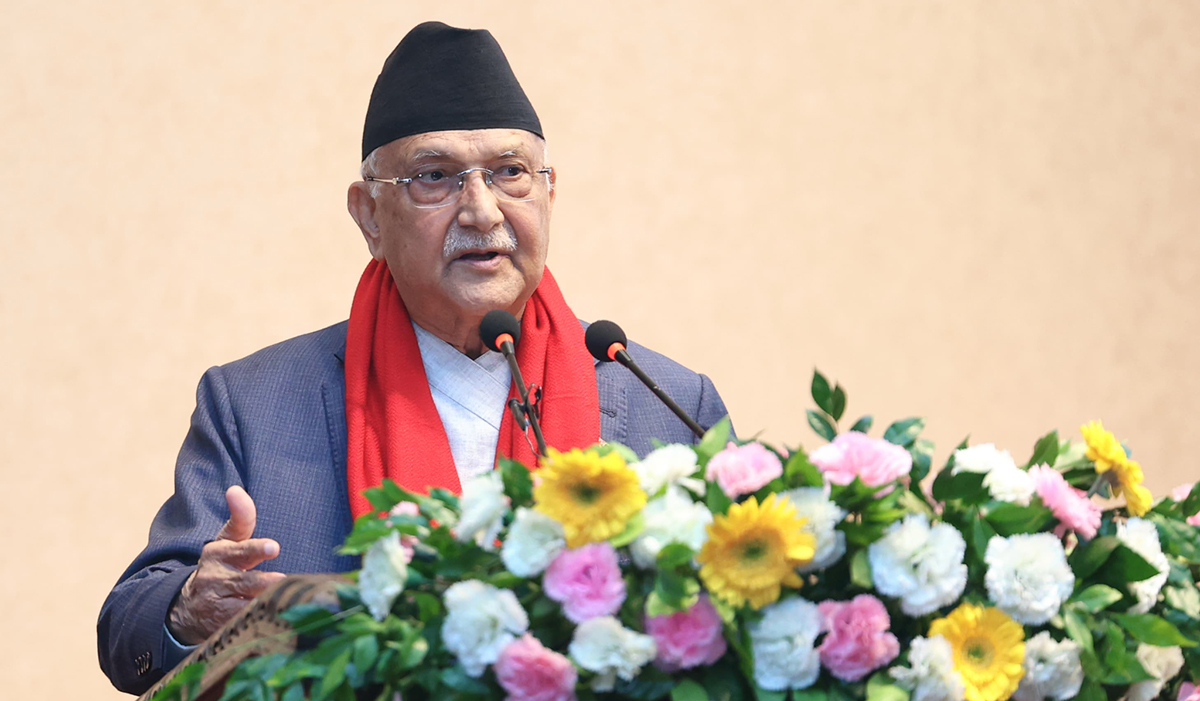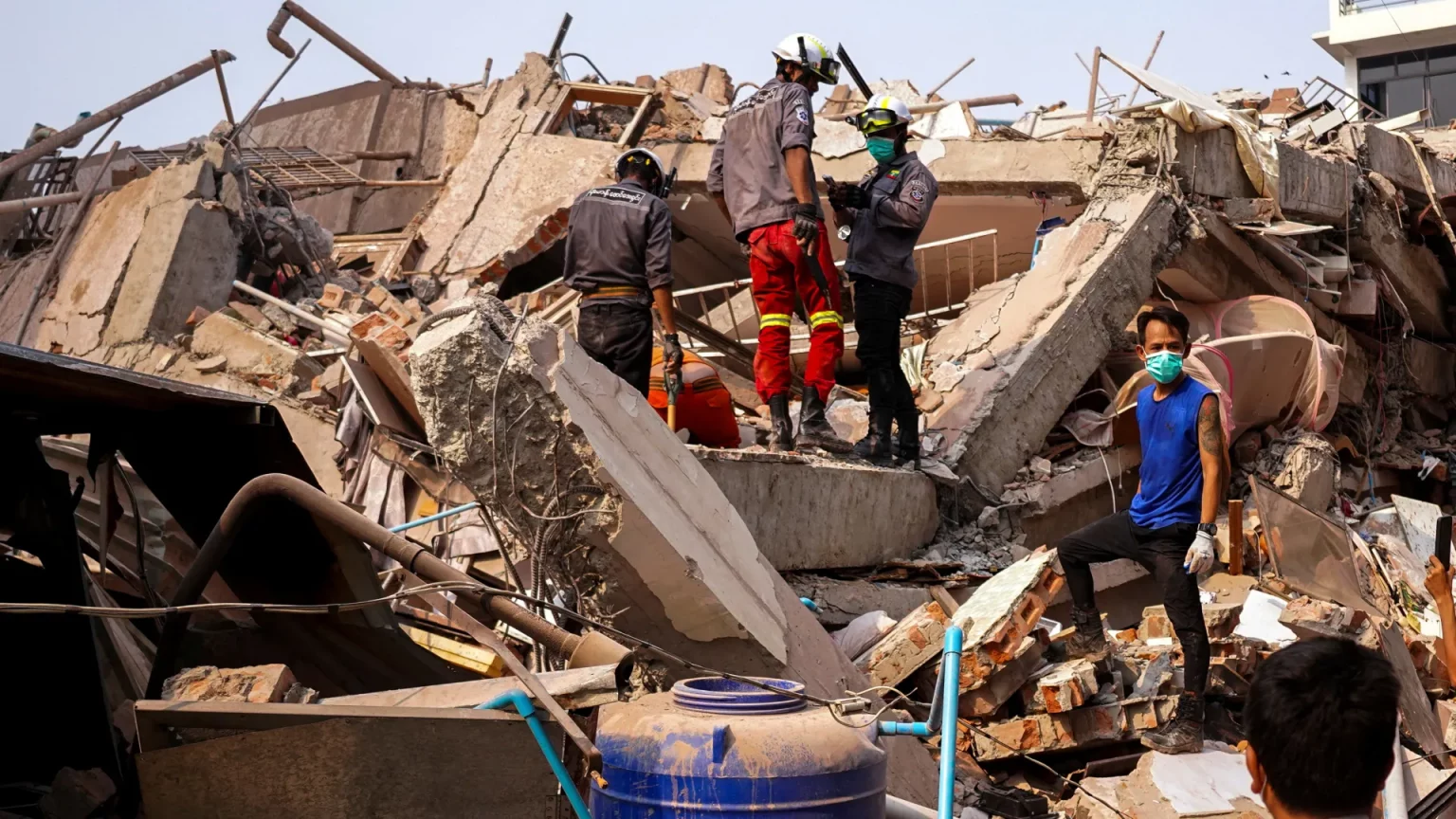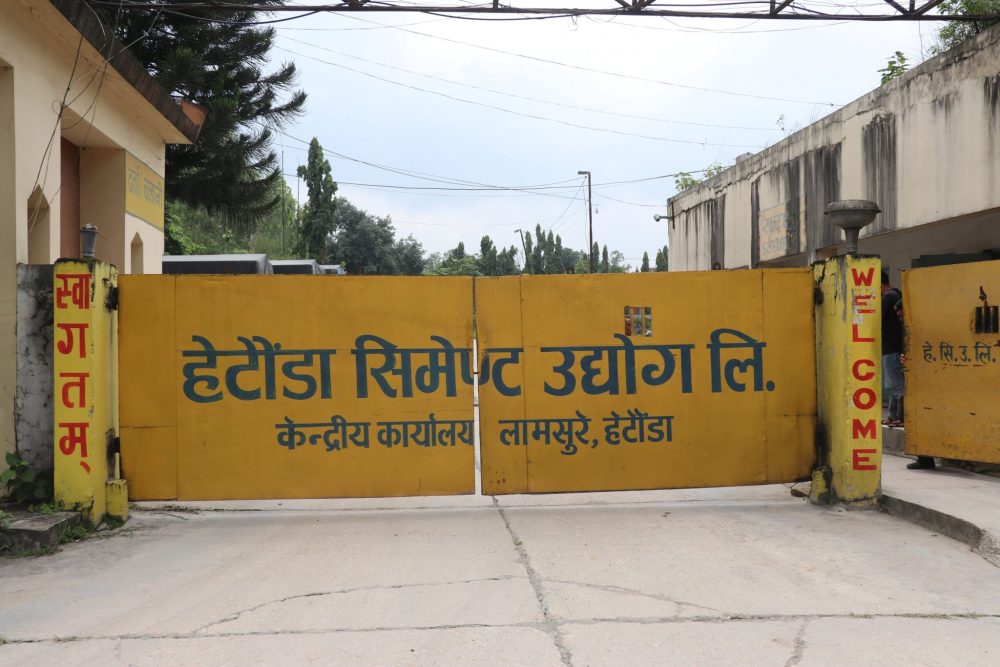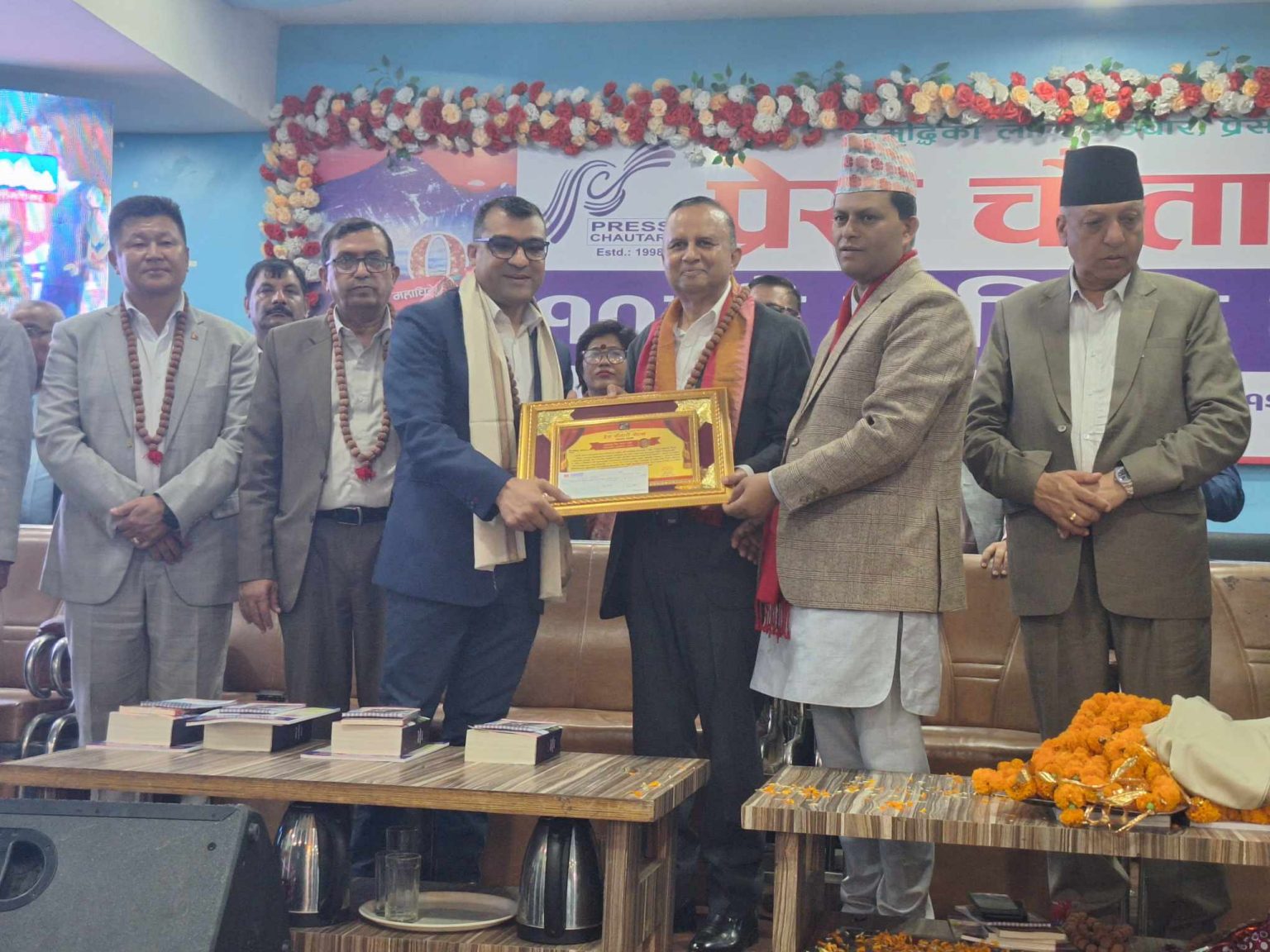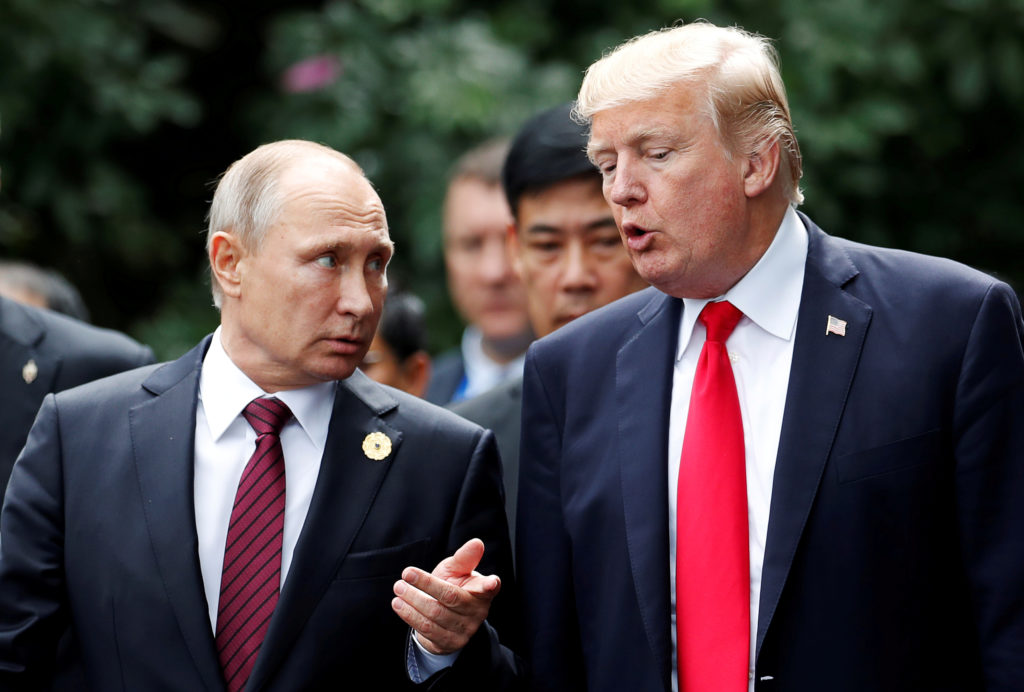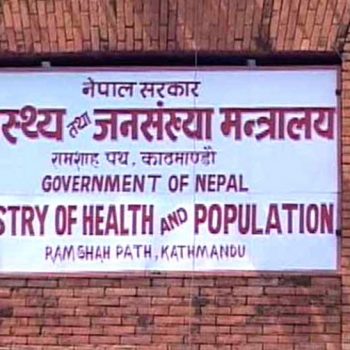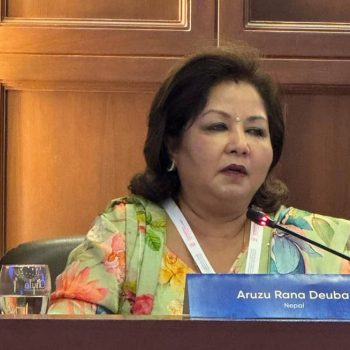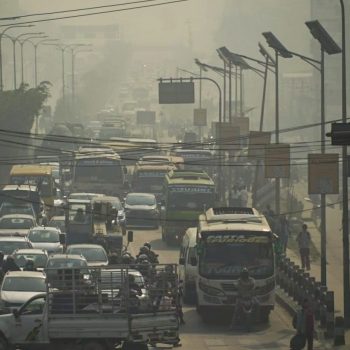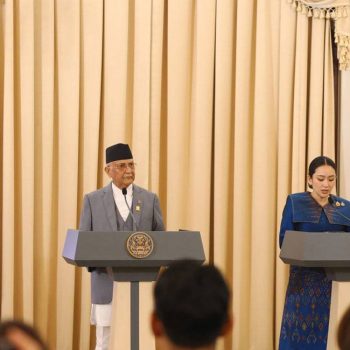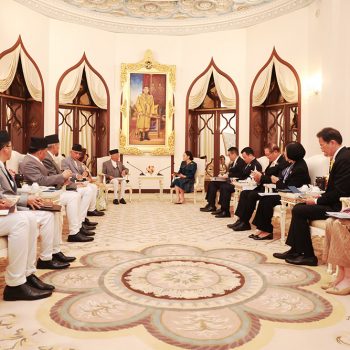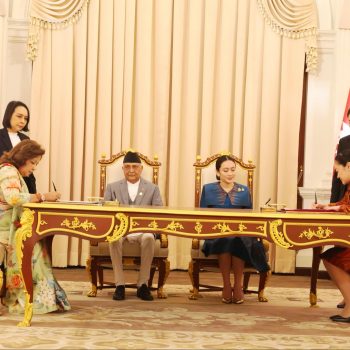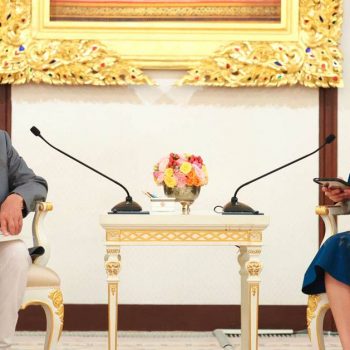Is our health policy at fault?
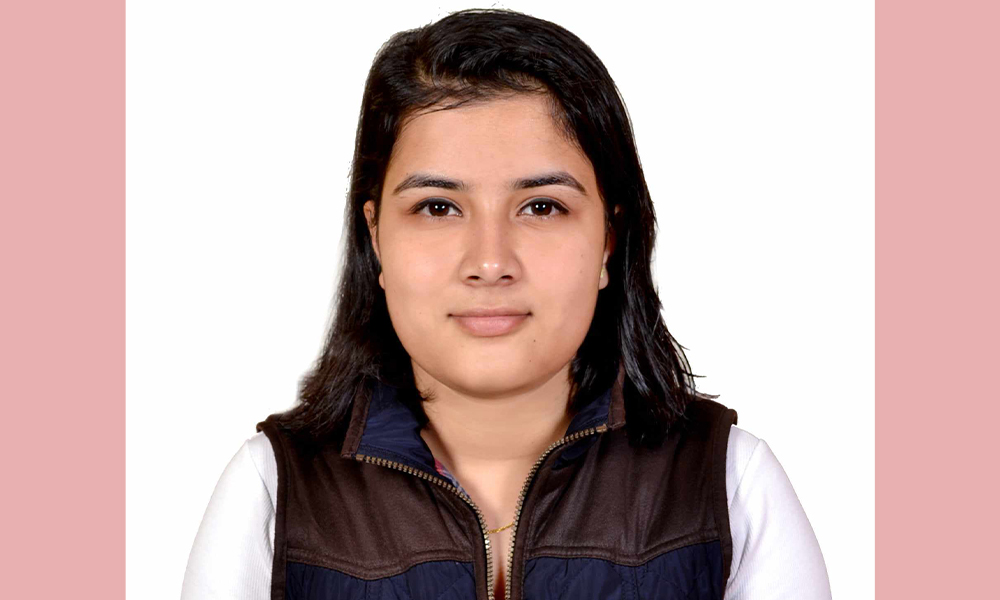
As rightly said by some of the prominent economic writers, Nepal is indeed “a country not driven by policy.”
Every law looks good on paper but when it comes to implementation, all the competitiveness goes in vain.
It’s not that Nepal is lacking behind in policy making but it’s the implementation and the practicality of those policies that raise a serious question in our context.
It was in year 2015, when one of the targets of Sustainable Development Goals (SDGs) was to achieve Universal Health Coverage by 2030, where Nepal was strongly determined to show a dedicated political commitment towards its achievement which when promulgated means that no individual is left behind due to financial hardships in terms of quality health services with easy accessibility.
Aligning with SDG, the health insurance scheme was introduced in 2072 Chaitra 25 with an aim to decrease out of pocket expenditure. It was designed to combat the issues faced by financially deprived and poor strata of population. Issues like the need for a large sum of money for medical treatment and increasing gap between the haves and have nots in terms of health were the prime concern for development of such policy.
In 2020, Nepal’s out of pocket expenditure as a share of current health expenditure was 54.2% according to the World Bank while the share of the government in the current health expenditure is only 5.17% of GDP. Out-of-pocket expenditure (OOPE) is thus considered as one of the important sources of health financing. High rates of OOPE can be detrimental to individuals and the economy in many ways. Firstly, the gap between the poor and rich strata of population can increase due to the financial shocks of OOPE forcing them to cut down the basic needs like food, shelter and clothing. Secondly, OOPE leads to less utilization of health services due to avoidance of high-priced services. Thirdly, OOPE is a regressive method of health expenditure as all individuals do not have the same payment capacity and can’t afford the same fee leading to higher burden in lower income class than the upper income class of population.
The insurance scheme states the opportunity for a family of up to 5 members to get the treatment in the designated healthcare institutions by making a payment of Rs. 3500 as a yearly premium for coverage up to Rs. 100,000 in a year. For a family over 5 members, additional Rs. 700 must be added per member for coverage of up to Rs.200, 000 on an annual basis.
According to the Annual Policy and Plans of Health Insurance Board in 2079/80, around 450 medical institutions including health posts, provincial hospitals along with public and private hospitals have been designated to give facilities of healthcare within the umbrella of insurance schemes defined by the government. The 15th five-year plan had aimed to include 60% of the families within the bracket of insurance.
Data shows that the insurance policy has a penetration in all 77 districts yet 406 local bodies have not been able to access the insurance policy out of 753. Records suggest that only 21.35% of total population and 32.14% of the total families have been covered under the scheme. Out of this insured population, around 4,248,606 were active in 2078/79.
Talking about the insurance claims, the highest number of claims; 73.5% have been made by the old strata of population while least claims have been made by people suffering from leprosy; 0.3%. According to reports of the Health Insurance Board, the number of complaints received has been increasing exponentially which were 22 in number in fiscal year 2076/77 that increased to 14,463 in 2078/79.
The scheme has failed in so many ways where poor public response can be attributed to issues like lack of medicines at the government hospital pharmacies, unavailability of equipment and medical professionals coupled by a poor service delivery to an already deprived population.
The issues extrapolate to the state where neither contracts have been renewed by the government with the listed hospitals nor have any new contracts been initiated.
On one hand, service providers complain about not being able to receive payments leading to closure of the insurance policy benefits.
On the other hand, a large number of deprived populations have been affected due to such discrepancies. Reports of the Nursing Division suggest that about 54,837 patients of critical illness were enjoying free access to healthcare service under the scheme in 2019/20 which became around 35,537 in the year 2022. All these will be deprived of the benefit when there is such ineffectiveness from the government.
This year’s budget states that the insurance program would be applicable to co-operative, community and government hospitals meaning no access to the private hospitals which was initially planned in 2072 BS. This shows the weakness of the insurance policy which was designed just 6 years ago, so how can we trust such a short-sighted policy and depend on it for the future sustainability. Remarkably, there has been a large number of dropouts from the renewal process in 2079.
So, was the policy faulty or were the bureaucrats responsible or shall we deem leadership of our nation the responsible unit for such a deal? Everything always revolves back to this same question “Is the policy at fault?”
Claims have been made about the rampant abuse which might be one of the reasons for the failure of insurance policies introduced in Nepal. While the insurance must have targeted the poor strata, it can be observed that each and every individual irrespective of their income and social status are made accessible to the policy. Without using the one-size-fits-all approach, there must have been a clear guideline and demarcation of the income group who would avail such benefits so that the poor populations reap the maximum advantage out of it and the objectives are effectively met.
Government should have planned such a scheme, calculating the long term benefit along with the forecast of the possible financial burden that the nation would incur in future. The stakeholders indeed agree to a dire need for restructuring of such policies to have a sustainable outcome.
Lessons must be learnt from South Asian nations, India for a say, where it had launched two such policies in the same year that is 2015 one being, Pradhan Mantri Jeevan Jyoti Bima Yojana (PMJJBY) and other, Pradhan Mantri Suraksha Bima Yojana (PMSBY) with an objective of attaining financial security and financial inclusion.
Both policies have termed out to be successful despite the nominal premiums of just INR 20 and INR 436 per annum for lakhs of coverage every year. It has been able to cover a large population of about 16 crores in PMJJBY with 72% insured population from rural areas and with PMSBY, there were more than 34 crores insured people in hand.
Insuring people can be well handled but it’s the claims that must be fulfilled which denote the efficacy of the policy and in case of India, PMJJBY had 660,000 claims with 13,000 crores claims over the years.
India claims its simple process, internet banking and simplicity of the claim process as the important parameters of success. When premium is easily deducted from their mobile phones with hassle-free claims, it is likely that people will make use of this handy system.
Nepal must be able to combat the challenges and ensure that the existing high level of out-of-pocket expenditure is reduced; the country is self-reliant in terms of drug production along with appropriate integration of software for proper maintenance of health information systems with continuous monitoring, evaluation and research with effective coordination between central, provincial and local governments.
It’s high time for Nepal to think of simple and novel ideas which serve as an advantage for its citizens rather than making nationals roam around ten different offices and hospitals for just a single claim to be made or to fulfill the premium because just launching a policy will never be enough.



